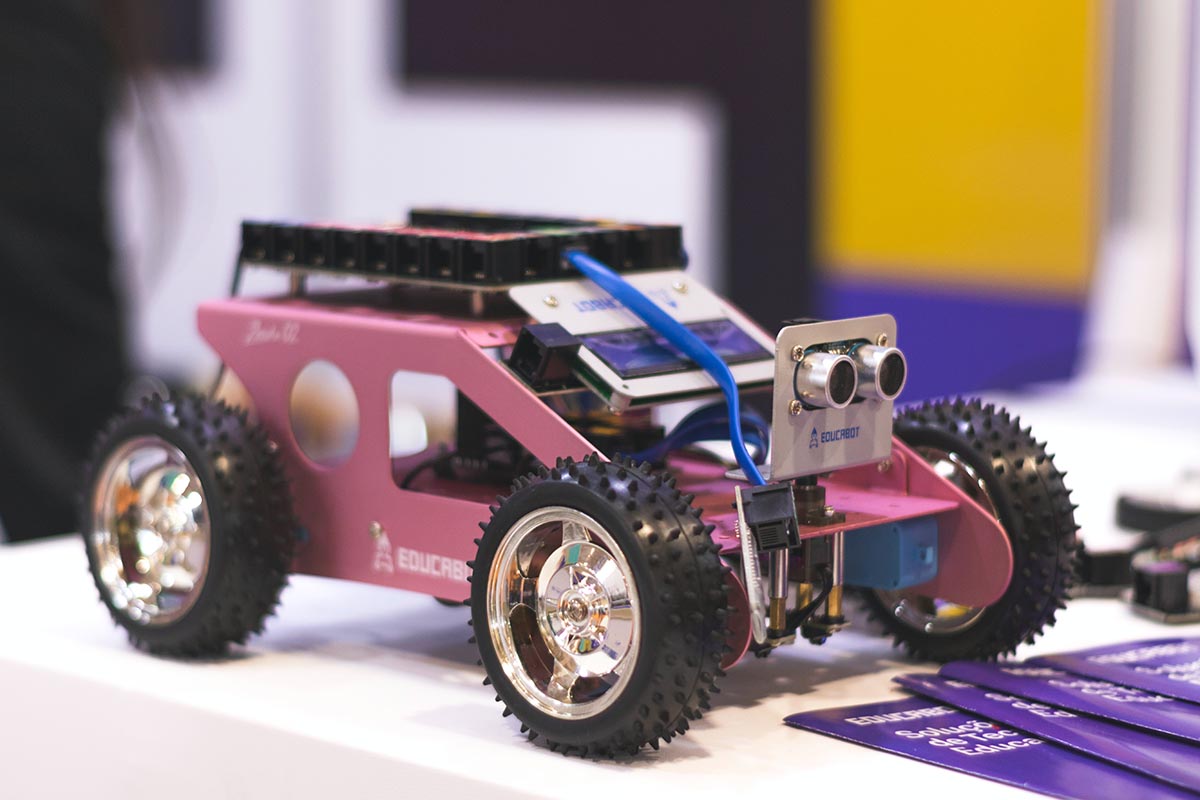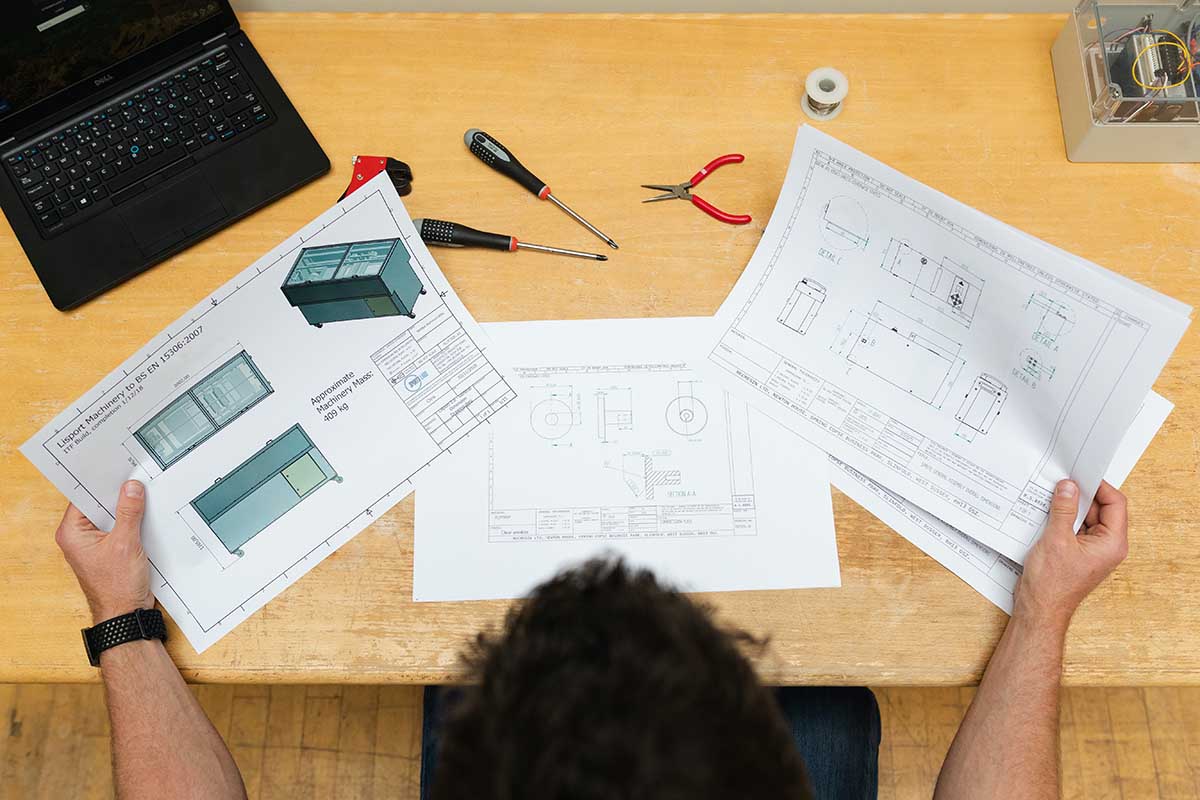Cool Tech Can You Find In Escape Rooms
We are constantly surrounded by technology. But, most of us tend to associate technology with professional services. What we don’t realize is that even a popular hobby such as escape rooms is a center of high-tech creativity. Indeed, whether you are a tech-savvy player or an aspiring business owner, it’s worth knowing about the preferred tools of the industry.
The most immersive escape rooms rely on technology to create a realistic atmosphere. Whether you are looking for an archeological artifact in a lost temple or making a cure against a zombie virus, the game relies on smart designs to progress through the story. From secret doors to activated sensors, how do game designers create those amazing sets?
Electronic puzzles use printed circuit boards
A lot of escape room puzzles have hidden electronic parts that are invisible from the outside. It’s not uncommon for game builders to transform an innocent everyday item with custom electronics for a puzzle. Unfortunately, unique and unexpected designs require custom-made electronics. Escape room designers often rely on expert engineers to create printed circuit boards that will fit reliably inside a puzzle layout. Contact such as MIS Electronics offers PCB design services, which is essential to the game setup. You will typically find PCB inside signs, behind screens, and also in mechanical puzzles that are connected to electronic parts.
Liquid and air puzzles use valve and o-rings
Water or air puzzles can be messy if they don’t use quality sealing such as the O ring technology. A good water puzzle, for instance, can require filling a container to retrieve a floating object. Other popular waters or air-based puzzles involve a tube maze, which the players have to solve to reveal a code or a clue. Unfortunately, without the right tech, these puzzles can rapidly get worn out and damaged, making them cumbersome for teams. Nobody wants to deal with leakage of any nature inside a room. A leak can make the puzzle less reliable and affect the safety of the players.
Cool tech escape rooms: hidden doors use magnets
Can there be anything more exciting than hearing a click sound in the room and discovering a hidden drawer or door? Hidden doors need careful design as they should be practically invisible to the eye to maintain the element of surprise. They should also have a practical release system, such as a maglock. Maglocks can be controlled manually from the operator’s room based on the players’ actions. They can also be activated with an item inside the room.
Cool tech: physical puzzles use 3D printing
You can’t produce a unique experience without creating a design that doesn’t exist anywhere else. That’s precisely where 3D printers can make a huge difference. A themed room, for instance, can use 3D printed items to enhance the decor or hide clues in plain sight. Additionally, when the item gets damaged, the room designer simply needs to print another one. It’s an inexpensive way of adding your custom-made touch to the room.
It goes without saying that most rooms also rely on DIY tech such as Raspberry Pi programming. It’s not uncommon for designers to use a Raspberry Pi or an Arduino system in combination with a custom circuit board, which can also be connected to a mechanical or a magnet-based puzzle. Once you understand how to apply the right tech to achieve the best effects, the sky is the limit!




















